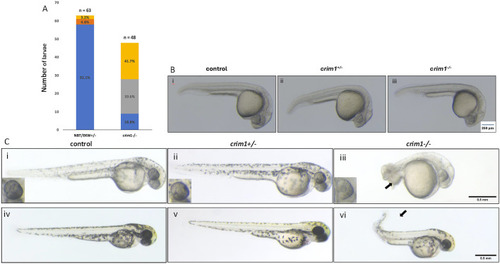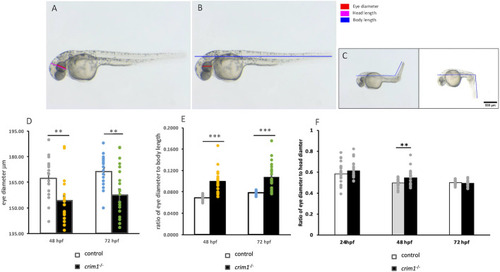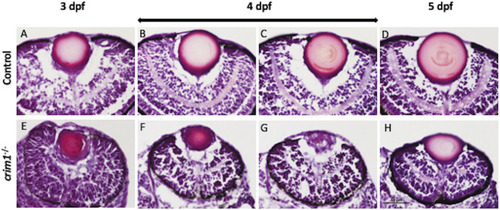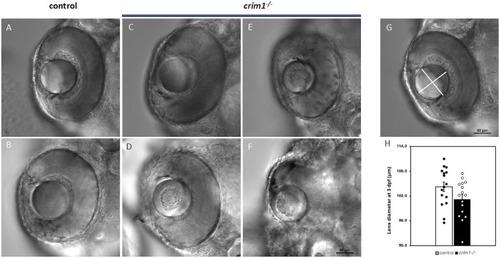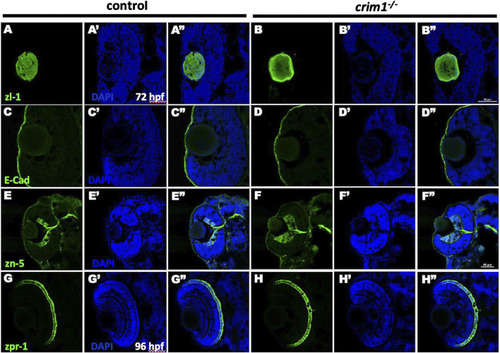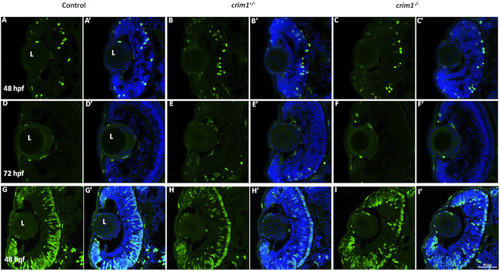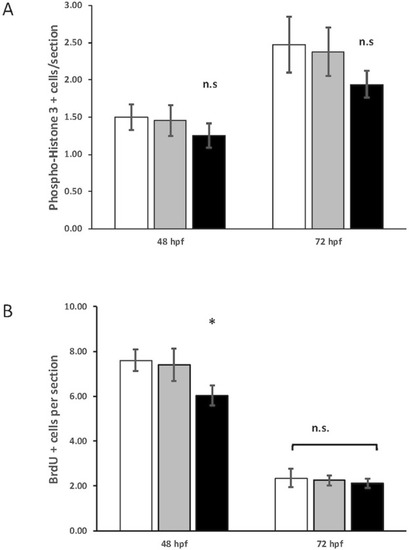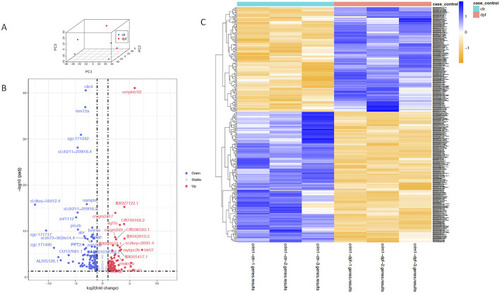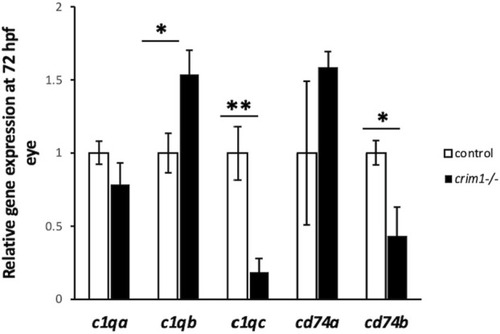- Title
-
A zebrafish model of crim1 loss of function has small and misshapen lenses with dysregulated clic4 and fgf1b expression
- Authors
- Le, T., Htun, S., Pandey, M.K., Sun, Y., Magnusen, A.F., Ullah, E., Lauzon, J., Beres, S., Lee, C., Guan, B., Hufnagel, R.B., Brooks, B.P., Baranzini, S.E., Slavotinek, A.
- Source
- Full text @ Front Cell Dev Biol
|
Morphology and appearance of control, heterozygous, PHENOTYPE:
|
|
Eye, head, and body measurements from control and PHENOTYPE:
|
|
Representative images of zebrafish eyes stained with H&E from control and PHENOTYPE:
|
|
DIC microscopy of control and PHENOTYPE:
|
|
Immunohistochemistry in control and PHENOTYPE:
|
|
Phospho-histone H3 and 5-bromo-2′-deoxyuridine staining in control, PHENOTYPE:
|
|
Quantification of phospho-histone H3 and 5-bromo-2′-deoxyuridine (BrdU) staining in control, heterozygous PHENOTYPE:
|
|
Principal component analysis, heatmap, and volcano plot showing DEGs for controls and |
|
RT-qPCR showing significant downregulation of EXPRESSION / LABELING:
PHENOTYPE:
|
|
EXPRESSION / LABELING:
PHENOTYPE:
|

